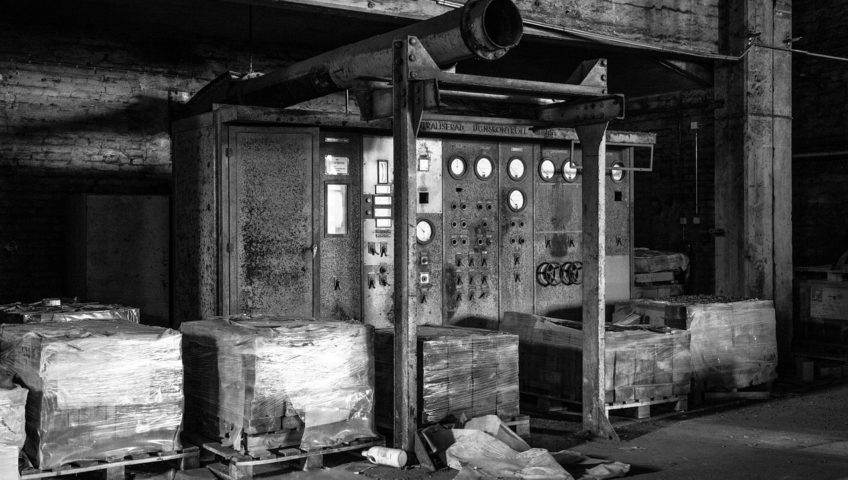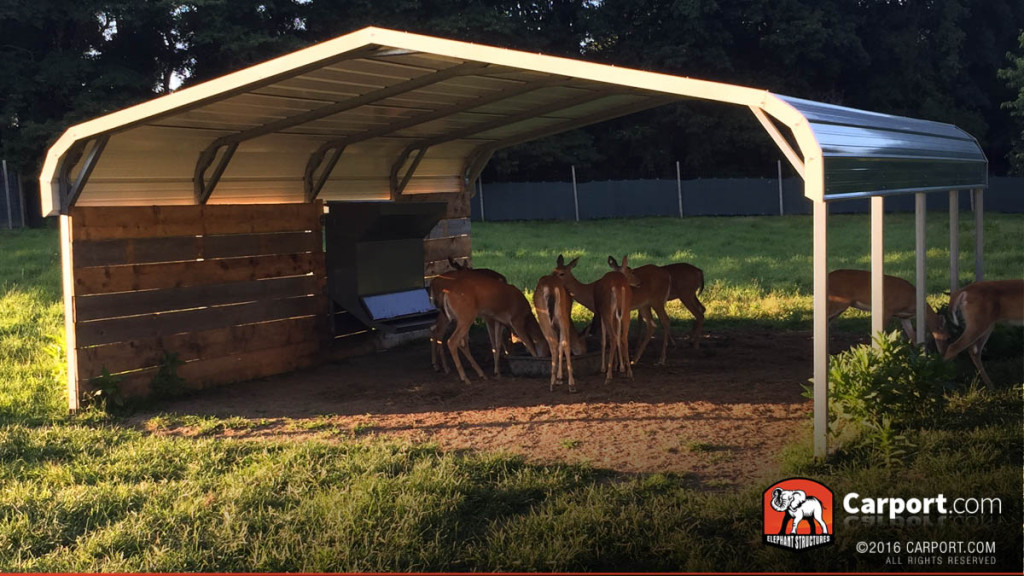
History of Steel in the Carport Industry
Where Steel Started
All of our Carports at Elephant Structures are made out of steel. Steel is present in a wide variety of construction products all over the world. Steel is by far the up and comer for architecture and construction due to it’s ratio of affordability and durability. It’s also the only building material that can be completely recycled and retain it’s full strength when used again. Steel has been used throughout history for a wide variety of purposes, all them were pivotal in our development as a civilization. One of the earliest documented cases of steel being used is by the Vikings. The Vikings believed that using the bones of there defeated enemies alongside iron in the smithing of swords would imbue there weapons with power. Turns out, the carbon in the bone actually fused with the iron to form a primitive version of steel. This did make there weapons stronger, but not nearly as strong as our methods today. Today most of our lives are filled with steel. Cutlery, cars, phones, computers, steel is in everything.
Steel has effectively cornered many markets these days, but that wasn’t the case only a little while ago (historically speaking). In the first half of the 19th century, steel was only manufactured in small quantities. Places like the World Steel Association or the WSA have some pretty interesting facts regarding steel’s climb to manufacturing super metal shortly after that. In 1900 almost 30 million metric tons of steel was produced. That number doubled and then some in only 25 years, making the precedent for the growth of years to come. By 1940, steel was up into the 140 million, and that doubled yet again in the next twenty years. By the time the new millennia arrived, we were up to 850 million, and now it’s around 1,622 million metric tons. That’s around 3,633,280 pounds. So, a lot. Also,
 Where It Is Now
Where It Is Now
Steel production shows no signs of slowing down, and it continues to grow. Europe is a major player in steel production, and has grown steadily throughout the past several decades. In 1967 there were around 25 countries producing steel, and now there are 38. This is largely due to steel’s necessity in almost every market and the demand for jobs by the increasing population. North and South America has experienced a fluctuation in these numbers due to competition and consolidation of resources in certain areas of South America. In 1967 there were 12 countries making steel, and now there’s 16. The increase is still relevant, as only five years ago there were 22 countries. Africa has fewer steel producing countries than before, but now there are several more. They’re up to 14 countries, with slight fluctuations every few years trending towards growth. The Middle East is in roughly the same trend, now up to around 8 countries producing trending towards growth as well.
One of the main players in the steel business is China and a large portion of Asia. Asia is home to the largest steel production in the world.They were ahead of the game like the United States and Europe, and had 13 in 1967. Now they have continued to rise there number of steel producing countries throughout recent decades. The past few years have been a relatively stationary period in the growth and cessation of growth in the steel industry. There were so many different places producing steel that the supply overcame demand in some regions, and herein the supply stabilized. As the world economy grows and more people require steel for their day to day lives the steel industry will rise alongside to meet them. Recently, the Carport industry felt the wave of shifting in steel production. Steel is still in high demand, but production has become so advanced that the supply had to level out in the past five or so years. We still maintain dominance as one of the most purchased additions to a home in the United States however. For multiple reasons. A few of which include:
- Installing a traditional garage takes a lot of time, and usually requires professionals, Carport’s do not.
- The customization options and malleability in design makes it a top product for the consumer not the producer
- Steel is incredibly long living and low maintenance. The carports and metal buildings we sell all have a 20 year rust-through warranty
- The strength of our buildings and Carports is unparalleled. They can also be certified or commercial grade for seriously tough structures
- Things like termites, mold, and other problems that normally plagues structures is not present when using steel
- As we mentioned above, steel is the only building material that maintains it’s strength after being fully recycled.
- Affordability, there is no better price ration on the entire structure market than our buildings and quality to price
- Our Carports can be customized in such a way to allow for buildings and structures such as but not limited to:
- RV Covers
- Airplane Hangars
- Homes
- Cottages
- Barns
- Veterinary Facilities
- Workshops
- Storage Facilities
- Office Buildings
- Hunting Sheds/shacks
Why We’re a Part of The History of Carports
We’ve been in the business of constructing metal buildings for 37 years, and the quality of our metal carports shows it. We’ve built countless carports for countless satisfied customers, and have learned from years of engineering and building our company that the customer’s opinions desires are what matters. Elephant doesn’t force you to choose from a standard set of buildings, we let you customize your own, and give you more options than you need, just so you can get exactly the building that you’re looking for. Our metal carports are the best in the business, and we take pride in protecting property and peace of mind with them, as well as the livelihood and happiness of our loyal customers. If you have questions about our metal carports, we have shop by photos available on our website, and a custom builder here.




